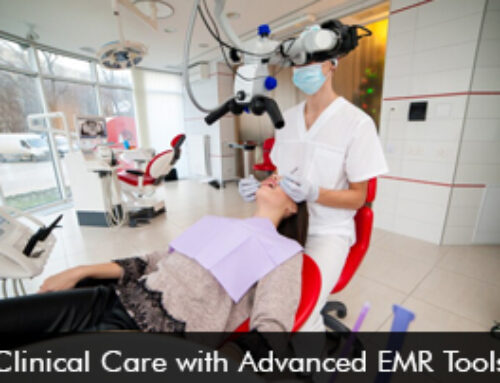As spring blooms, so does allergy season, bringing with it an influx of patients seeking relief. For healthcare providers, managing this surge in patients, alongside the ongoing demand for flu shots, can be challenging. However, with the right strategies and tools, doctors can effectively navigate this busy period. EMR software plays a crucial role in streamlining workflows and enhancing patient care during allergy season. Here are some Electronic Medical Record (EMR) software tips for physicians to efficiently manage patient load.
Utilize Appointment Scheduling Features
EMR software offers robust appointment scheduling features that can help doctors efficiently manage patient flow during allergy season. With advanced scheduling capabilities, physicians can stagger appointments to accommodate increased demand while minimizing wait times for patients. Additionally, integrating patient portals with the scheduling system enables patients to book appointments online, reducing administrative burden and improving accessibility.
Implement Allergy Management Tools
Allergy management modules within EMR software allow healthcare providers to effectively track and monitor patients’ allergy histories, symptoms, and treatment plans. By documenting allergies and related medications in the EMR system, doctors can quickly identify potential triggers and tailor treatment regimens accordingly. Integration with allergy testing laboratories further streamlines the diagnostic process, enabling seamless communication of test results and facilitating informed decision-making.
EMR Software Enhanced Communication with Patients
Clear communication is essential for managing patient expectations and ensuring compliance with treatment protocols. EMR software facilitates secure messaging and telehealth capabilities, enabling doctors to communicate with patients remotely and provide timely guidance on allergy management strategies. Automated reminders for medication refills, follow-up appointments, and flu shot reminders can also improve patient engagement and adherence to treatment plans.
EMR Software Streamlined Documentation and Charting
Efficient documentation and charting are critical for maintaining accurate patient records and optimizing clinical workflows. EMR software offers customizable templates and voice recognition tools that enable physicians to quickly document patient encounters and treatment plans. By streamlining documentation processes, doctors can devote more time to patient care and minimize administrative burdens during allergy season.
Ensure Vaccine Management Through EMR Software Tracking
With the concurrent demand for flu shots during allergy season, efficient vaccine management is paramount. EMR software equipped with vaccine tracking capabilities allows healthcare providers to monitor vaccine inventory, track administration dates, and generate vaccination reports. Integration with immunization registries facilitates compliance with public health guidelines and ensures accurate documentation of flu shots administered to patients.
Implement Decision Support Tools
EMR software often includes decision support tools such as clinical decision support (CDS) alerts and evidence-based guidelines that assist physicians in making informed treatment decisions. During allergy season, these tools can help doctors identify appropriate medication options, dosage adjustments, and potential drug interactions, enhancing patient safety and outcomes. Additionally, allergy-specific decision support algorithms aid in diagnosing and managing allergic conditions effectively.
Collaborate with EMR Software Integrated Pharmacy Networks
Integration with pharmacy networks enables seamless electronic prescribing (e-prescribing) of allergy medications and flu vaccines directly from the EMR system. By electronically transmitting prescriptions to pharmacies, healthcare providers can expedite medication refills and improve medication adherence among patients. Collaborating with pharmacy networks also facilitates real-time access to medication pricing and insurance coverage information, empowering patients to make informed decisions about their healthcare options.







